Scientists Discover Rare Fish Species That Doesn’t Just Swim – It Fights
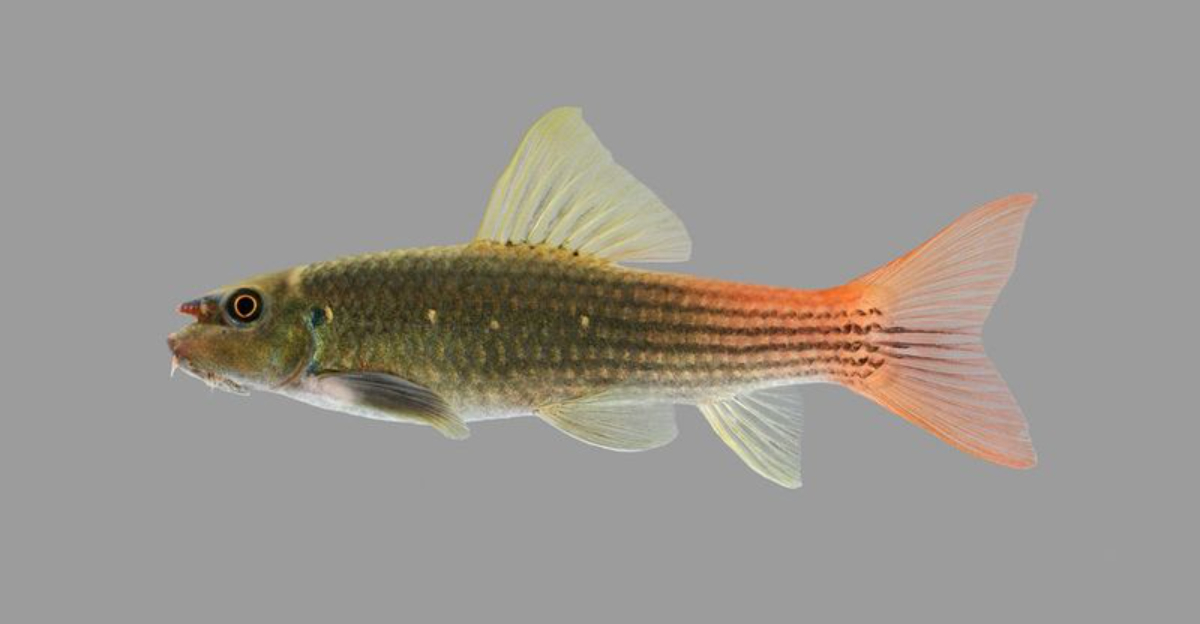
Hidden in the wild currents of a remote river basin along the Thailand-Myanmar border, scientists have stumbled upon something extraordinary – the redtail garra (Garra panitvongi).
This unusual fish doesn’t just peacefully swim like most aquatic creatures. Instead, it displays aggressive fighting behaviors that have left researchers stunned and excited.
The discovery opens up a whole new understanding of fish behavior and survival strategies in harsh environments.
1. Battle-Ready Fins

The redtail garra’s fins aren’t just for swimming – they’re weapons! Unlike typical fish fins that appear delicate and flowing, these fins have evolved to be sturdier with specialized hardened rays that can deliver powerful strikes against rivals or predators.
Researchers observed these fins in action during territorial disputes, where fish would position themselves side-by-side before delivering quick, powerful jabs. The specialized fin structure allows for surprising maneuverability during these confrontations.
What’s most fascinating is how quickly they can transition from peaceful swimming to combat mode, raising and extending their fins in a threat display that would make any aquatic opponent think twice!
2. Territorial River Warriors
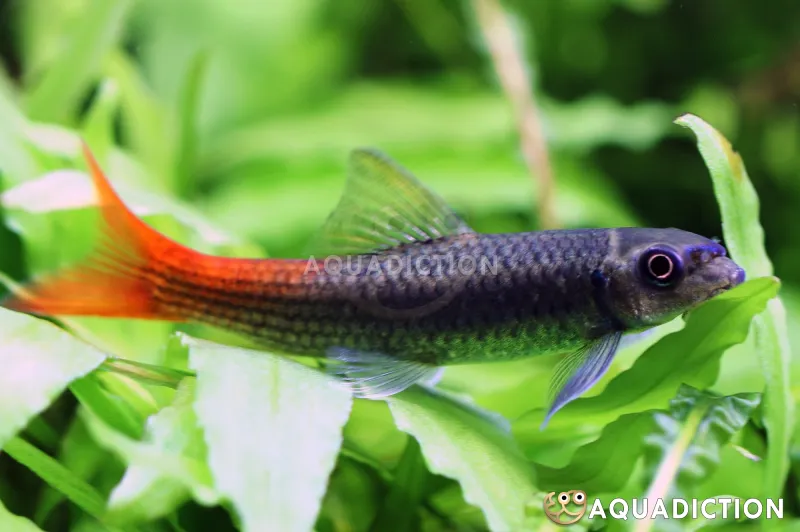
These feisty fish establish and fiercely defend territories along the rocky river bottom. Males especially will charge at intruders with surprising speed, sometimes ramming them with their reinforced heads or nipping with their strong jaws.
Scientists mapped multiple territories throughout the study area and found that prime spots with good feeding opportunities or shelter were defended most aggressively. The territories aren’t large – typically just a few square feet – but the dedication to protection is impressive.
Female redtail garras also display territorial behavior, though less dramatically than males, focusing their defense efforts primarily during breeding seasons when protecting egg-laying sites becomes crucial.
3. Jaw-Dropping Mouth Adaptations

The redtail garra sports a specialized mouth that serves dual purposes – feeding and fighting! Their unique sucker-like lips help them cling to rocks in fast-flowing water, but also function as powerful gripping tools during confrontations.
When threatened, these fish can actually use their modified mouth to latch onto opponents, sometimes refusing to let go even when lifted from the water. This adaptation gives them a surprising advantage during disputes over territory or mates.
Researchers were amazed to discover tiny tooth-like structures inside the suction cup mouth that can inflict minor wounds during these mouth-to-body conflicts, adding another weapon to their fighting arsenal.
4. Surprising Strength For Their Size

Don’t let their modest size fool you! Averaging just 4-6 inches long, these fish pack the punch of creatures twice their size. Their muscle density is remarkably high, particularly around their core body and tail section.
When researchers measured their swimming force, they discovered redtail garras can generate bursts of speed reaching 10 body lengths per second – significantly faster than many predator fish in the same habitat. This explosive power serves them well in both escape and attack scenarios.
Their strength becomes most apparent during spawning season conflicts, when males have been observed physically pushing rivals away from prime territories, sometimes even lifting smaller opponents momentarily out of the water!
5. Tactical Group Behaviors
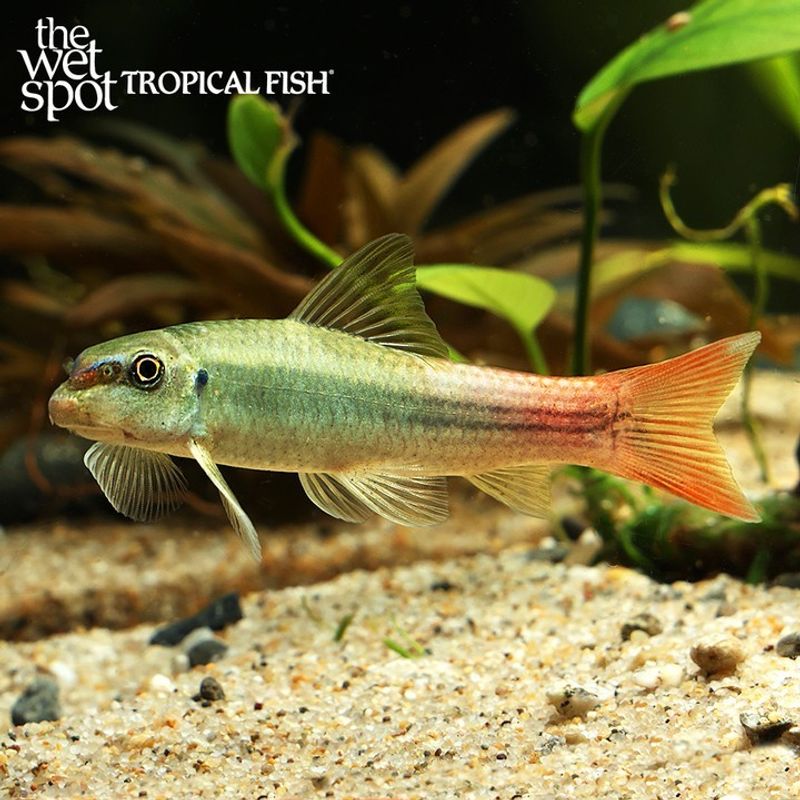
While individual fighting skills are impressive, redtail garras sometimes employ group tactics that show remarkable coordination. When faced with larger predators, they’ve been observed forming defensive circles, presenting their hardened fins outward like a porcupine’s quills.
During feeding time, groups will coordinate to disturb river sediment, with some fish stirring up the bottom while others position themselves downstream to catch dislodged food particles. This cooperation exists alongside their territorial nature, creating a complex social structure.
Most fascinating are their synchronized charging behaviors, where several fish will simultaneously rush at a threat from different directions, effectively confusing and deterring much larger potential predators.
6. Environmental Triggers For Combat

Specific environmental conditions flip the switch from peaceful swimming to full battle mode. Researchers identified water temperature changes, decreased oxygen levels, and seasonal variations as key triggers for increased aggression.
During dry seasons when river pools become isolated, fighting intensifies as resources become concentrated. The fish seem to understand that controlling territory means survival during these challenging periods.
Light levels also play a surprising role – dawn and dusk see the most intense confrontations, possibly because the changing light conditions provide tactical advantages for surprise attacks while still offering enough visibility to identify opponents.
7. Unique Color Signals During Conflict
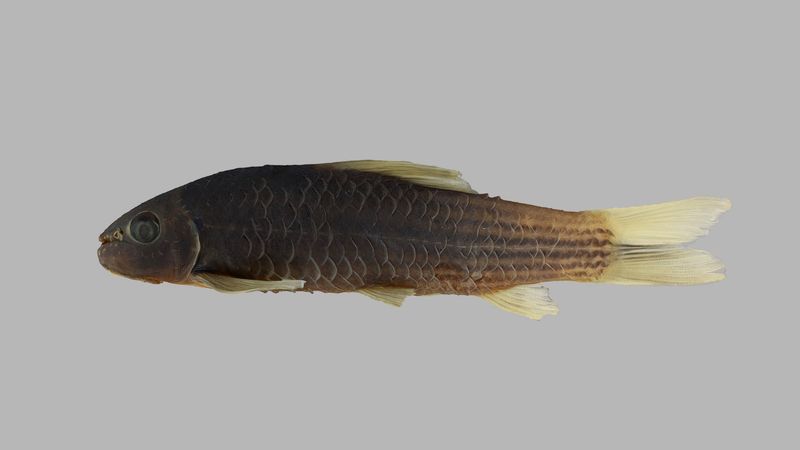
The redtail garra puts on a literal red alert when ready to rumble! Their normally subtle coloration transforms dramatically during confrontations, with their namesake tail fins flushing bright crimson – a warning sign to potential challengers.
Beyond the tail, males develop temporary dark patches along their flanks when in aggressive states. These color changes happen remarkably quickly, sometimes within seconds of an encounter with a rival or threat.
Scientists believe these visual signals serve multiple purposes: intimidating opponents, attracting females who may prefer more dominant individuals, and possibly even confusing predators by creating a rapidly changing visual target that’s harder to focus on during chaotic fighting movements.
8. River Current Combat Techniques

These clever fighters use the river’s powerful currents as tactical advantages during confrontations! They’ve developed techniques to position themselves upstream of opponents, using the water flow to add force to their charges while making it harder for rivals to maintain position.
Researchers observed them creating mini-vortices with quick body twists, essentially manipulating water flow to unbalance opponents or create escape opportunities when outmatched. This hydrodynamic awareness shows remarkable adaptation to their environment.
During particularly intense battles, they’ve been seen diving into faster current sections, then using the flow to circle back rapidly behind opponents – a move scientists have nicknamed the “current counterpunch” that demonstrates their sophisticated understanding of their aquatic battlefield.
9. Breeding Battles Royal
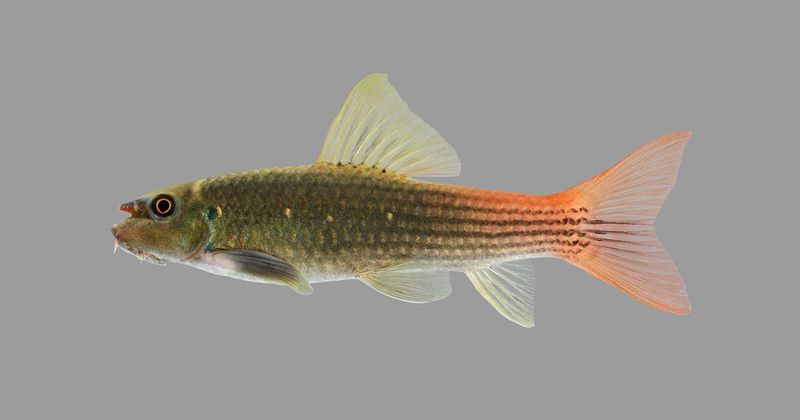
Mating season transforms these already scrappy fish into absolute gladiators! Males establish elaborate fighting hierarchies, with winners gaining prime breeding territories and access to females.
The confrontations follow fascinating ritualized patterns – beginning with parallel swimming displays, progressing to fin flaring standoffs, and culminating in direct physical contact if neither backs down. These battles can last from mere minutes to several hours.
Female redtail garras aren’t passive observers either. They actively choose mates based partly on fighting prowess, sometimes even inciting competitions between males by swimming between territories. This selection pressure likely explains why fighting behaviors have become so advanced in this species.
10. Predator-Defying Courage

Most small fish flee from larger predators – but not the redtail garra! These bold creatures have been documented actually confronting fish ten times their size, including snakeheads and certain catfish species native to the region.
Their defensive strategy involves quick darting attacks aimed at sensitive areas like the predator’s eyes or gills, followed by rapid retreats. Multiple garras will sometimes coordinate these attacks, creating a harassment campaign that often convinces larger fish to seek easier meals elsewhere.
Remarkably, local fishermen have long known about this behavior, with traditional stories describing these “brave little fighters” that protect their underwater territories from all threats regardless of size – scientific confirmation of ancient ecological knowledge.
11. Remarkable Recovery Abilities
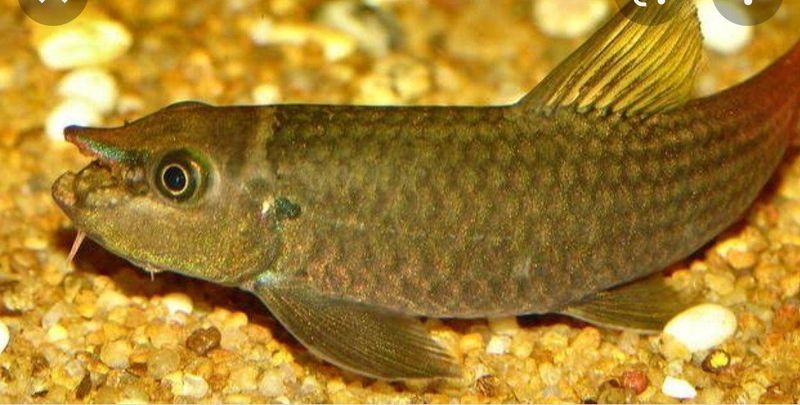
These fish are built for battle with healing powers that would make Wolverine jealous! Studies show redtail garras can recover from fin damage and minor wounds at rates up to three times faster than similar-sized fish species.
Their specialized blood clotting mechanisms allow them to continue fighting even after sustaining injuries that would incapacitate other fish. Researchers observed individuals returning to territorial disputes mere hours after significant confrontations.
Most impressive is their ability to regenerate damaged fin tissue almost completely within days, rather than the weeks required by most fish species. This rapid healing gives them a tremendous advantage in their aggressive lifestyle, allowing for sustained fighting capacity even after multiple conflicts.
12. Conservation Challenges Ahead

The discovery of this fascinating fighter brings urgent conservation concerns. The redtail garra’s limited habitat along the politically sensitive Thailand-Myanmar border faces threats from planned hydroelectric projects that would dramatically alter river flow patterns.
Their highly specialized fighting adaptations may become disadvantages if river conditions change rapidly, as they’ve evolved for specific current patterns and oxygen levels. Researchers worry these fish lack the genetic flexibility to adapt quickly to major environmental shifts.
Conservation efforts now focus on establishing protected river sections and potentially developing captive breeding programs to preserve this unique species. Their fighting spirit has helped them survive for millions of years – but human activity may prove to be their toughest opponent yet.






